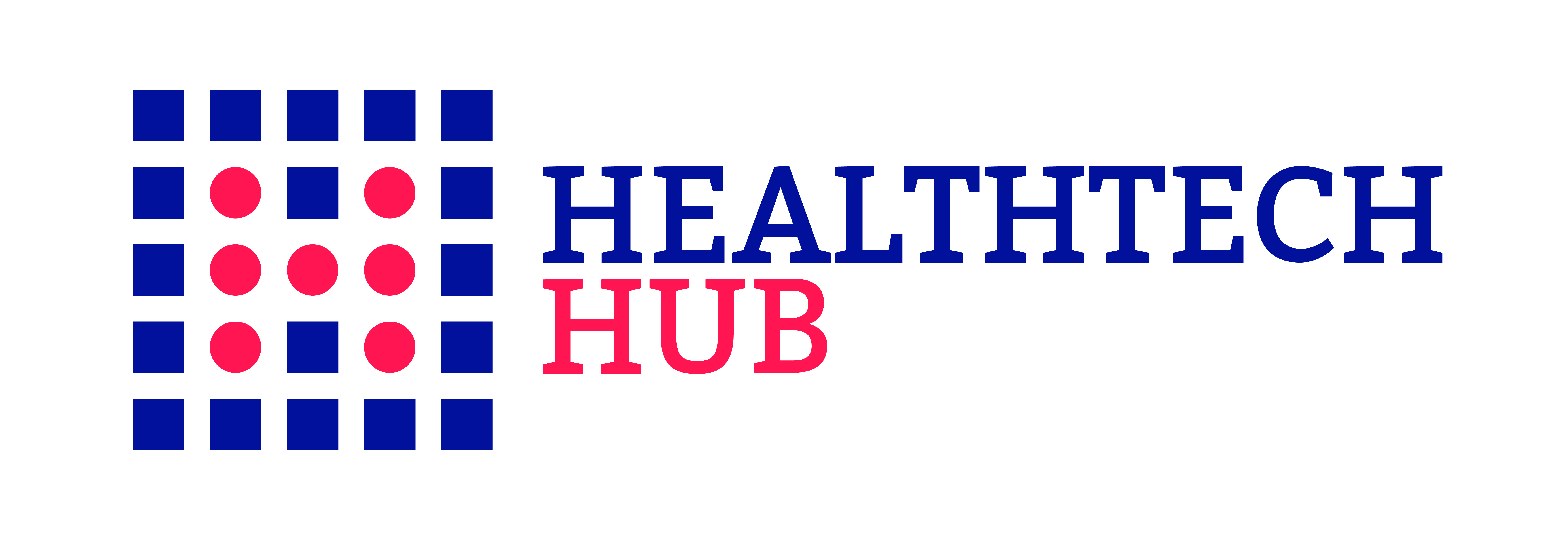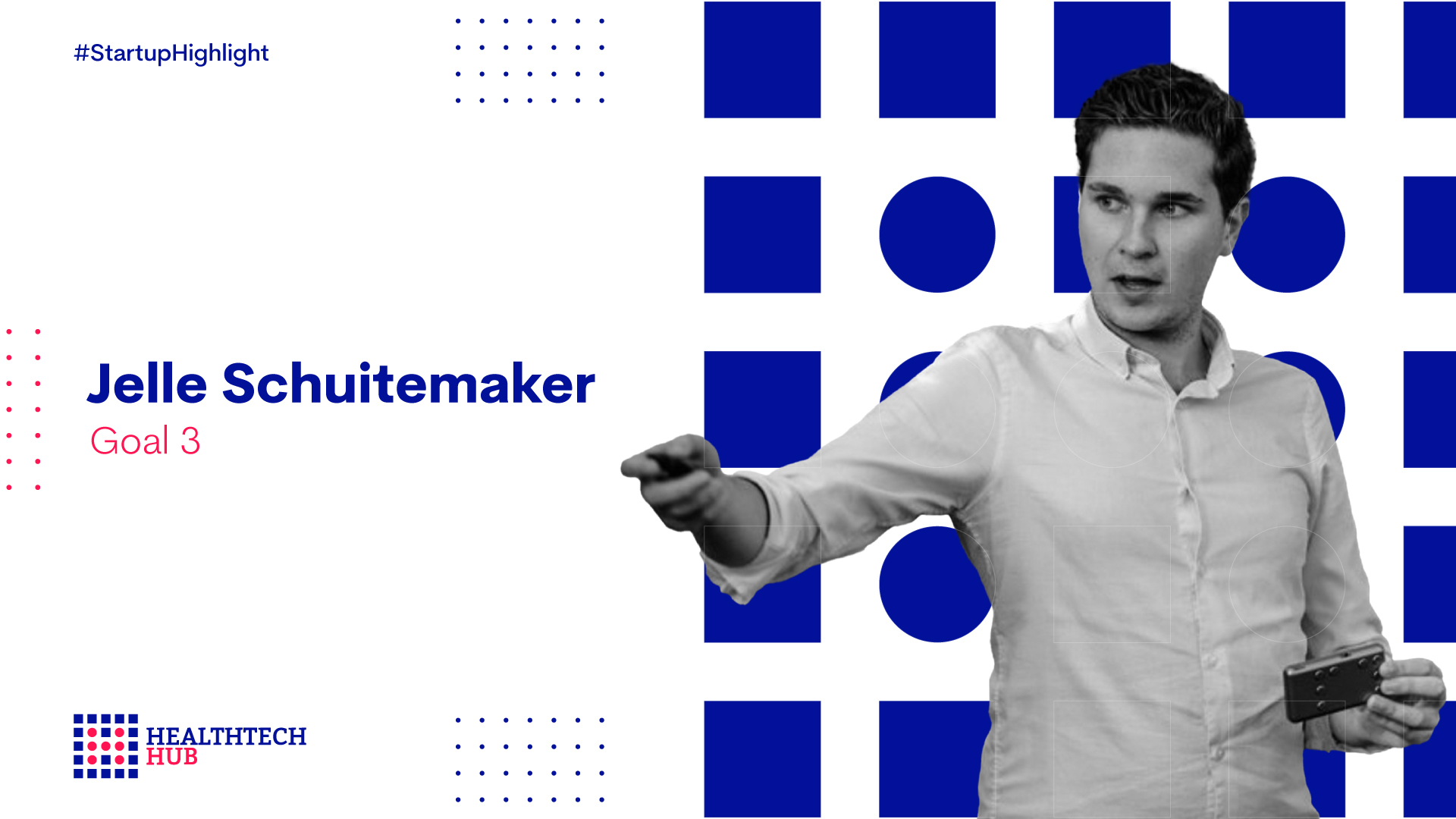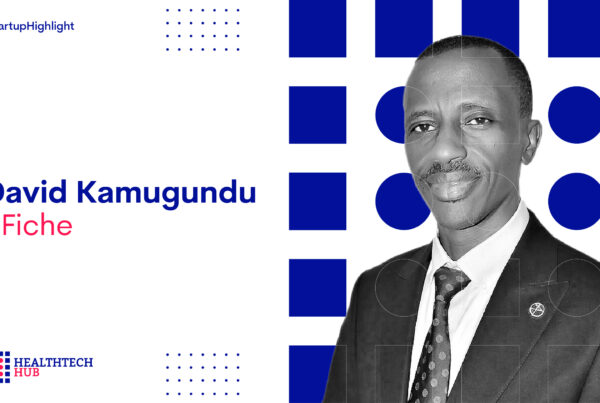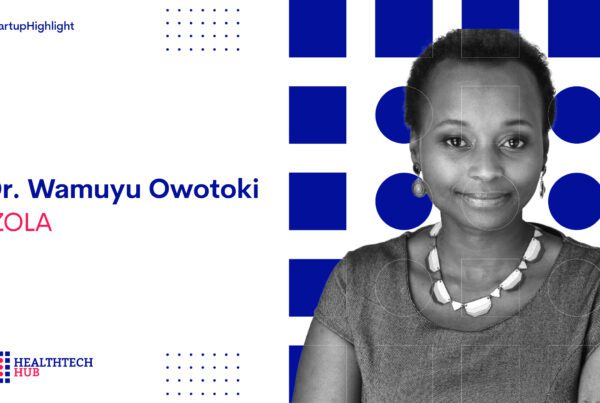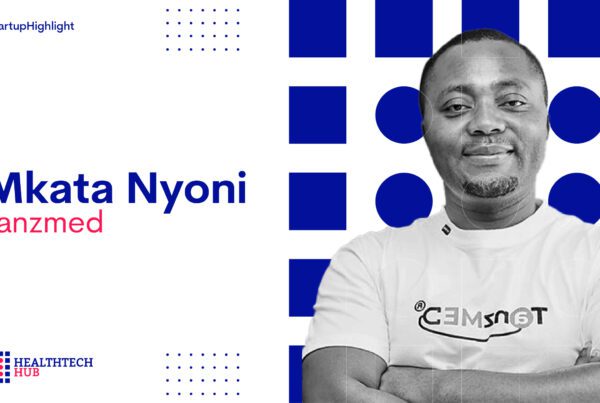Kindly introduce yourself to our audience and tell us more about Goal 3. What problem are you working on addressing? And what progress have you made thus far?
My name is Jelle Schuitemaker, it’s a Dutch name, and I’m from the Netherlands. Two and a half years ago, I joined a tropical doctor who works in Tanzania, an industrial engineer developing a patient monitoring system for a bit of research setting to fund Goal 3.
We started what we were working on. Goal 3 began with a mission to provide adequate and accessible healthcare for everyone. We do this by tackling the problem that nearly all medical technology built worldwide is developed for high research settings. It’s primarily designed for Europe and the United States; while most of the world does not live there, they live in different conventions.
When you go into these conventions, you get challenges. So, we said that we needed to design medical technology based on low research settings, so we started working with the hospital in Malawi, East Africa. We said we wanted to use the experience of the hospital and the people from connected universities to design a better system that works in these circumstances, and we started doing it. It’s called the Impala system. It’s like a patient monitoring system for children in the intensive care unit in the hospital. Also, we joined the HealthTech Hub here in Rwanda to build this from the African perspective and involve people from Africa in this project.
The Impala patient monitoring system is one of your proposed solutions for curbing the high child mortality rates. Tell us more about this.
If you look into child mortality happening.many diseases where children are dying come from infections. An early prediction is important for things like Sepsis. So, to predict which children have severe conditions, you need to monitor them regularly. In many cases in Africa, there is only 1 nurse for over 30 patients, and she has to do checks on patients every 5 to 6 hours. We said, “Why don’t we develop technology to support her? Then you would have a patient monitoring system that can be attached to a patient and continuously monitor them”.
The basis is just showing these vital signs, but in the future, you could even support a healthcare worker by adding a clinical guideline or a clinical decision to these vital signs. We can say, “We see your heart rate is dropping, the blood pressure is getting high, it might be this, this, and this.” With this, you can support the healthcare workers to do the steps needed to save the child. And for every 10% earlier predictions of disease, mortality drops by 10%, so it can be a massive difference if we do it right.
Technically it’s working from the Intensive Care Unit where we developed a patient monitoring system. We connect it to a tablet like a smartphone or Android, which creates a connection, meaning the nurse on the tablet can already see what’s happening with all the patients she’s monitoring. She can also add clinical guidelines to the tablet.
For example, “If you see this, do this, or if you see this happening, do this and this.” With this, we try to support her to the fullest to make the correct prediction of the patient, creating a small ecosystem that supports her.
Looking into the context of Africa through the lens of the health sector, do you think tech could be the next game changer?
Yes, but also No. Many technologies can have a significant impact on healthcare in Africa. For example, we see mobile technology being used in virtual care. But technology alone is never solving a problem. It’s how you use and implement technology for the better because computers also brought a lot of bad things, right?
Technology itself is not the solution, but technology can be part of the solution to many problems. We also set up many studies where we not only drop our technology but start to train people on technology, implement it well, and do it again and again until it works.
The third Sustainable Development Goal for child health, which aims to end preventable deaths of newborns and children under 5 years of age by 2030, cannot be met without substantially reducing infection-specific neonatal mortality in the developing world. Neonatal infections are estimated to account for 26% of annual neonatal deaths, with mortality rates highest in sub-Saharan Africa (SSA). Unfortunately, reliable and comprehensive estimates of the incidence and etiology surrounding neonatal Sepsis in SSA remain incomplete.
With so many oblivious about Sepsis, could you expound more on what it is and why we need data now more than ever to mitigate its effects?
So, this is the 10% I already mentioned. So, every hour you diagnose a case like Sepsis later, mortality increases by 10%. We need to learn how to diagnose in an early stage. And, of course, you also need to do the proper treatment after diagnosis.
You need to follow up on what you see happening in a lot of Sub-Saharan countries is that 50 years ago, many children were dying in villages in rural areas and never reached hospitals because it’s pretty expensive to get to the hospitals and hospitals by that time were not advanced yet, especially in Rwanda, You see a significant shift that children often do reach the hospitals at least district hospitals and many mortalities happen in these hospitals.
The next step is to ensure that if these children are in the hospital, we can treat them right. If we want to treat them right, we must monitor them and understand what is going on early because the earlier we understand what is wrong with the child, the better we can treat them. It’s important to focus on hospital mortality. If you concentrate on hospital mortality, you need to focus on resources available to staff, especially how we can support them in doing their job better, and technology can be part of the answer.
BMJ Global Health conservatively estimates that 5.29–8.73 million Disability Adjusted Life Years (DALYs) are lost annually in SSA due to neonatal Sepsis. Corresponding Value of Statistical Life Year (VSLY) estimates predict an annual economic burden ranging from $10 billion to $469 billion. This amount of money to be lost is apprehensive. How do we lose all this money to Sepsis, and how can we cut our losses?
Yeah, So, Disability Adjusted Life Years models work with the average lifespan of a person and how much a person can contribute to the economy. So, let’s say you lose adults, including granddads aged 70 years old. His Disability Adjusted Life Years are low cause he won’t contribute much to the economy anymore; He wouldn’t live long either.
So, making treatments for older people is essential, but it’s not adding a lot to the economy, while children often have 70 more years to go. So, if you save a child, you add 70 years, thanks to the value the person brings to the economy. This money is lost because fewer people are coming to the world to contribute to the economy. That’s why these numbers are so high for children, right?
Take, for instance, a hospital that often sees this happening; there are also a lot of times when a child in intensive care is costly for the hospital because it needs a lot of care and requires a lot of cables and wires. We also aim with our monitoring to ensure that only patients who need critical care are in intensive care because if you understand at an early stage what’s wrong, you can treat them earlier. They can leave the intensive care earlier, saving the hospital money.
I think the whole money failure part behind the hospital is pretty interesting and behind the country, but it’s difficult to say these statistics translate into money loss. These statistics consider that every person born contributes to the economy, while in some populations, not every person born contributes to the economy a lot. There is a bit of a balance here.
What is needed to shift the paradigm towards delivering value with tech in healthcare? The shift is already happening but requires good technology. If there is terrible technology that breaks down every half a year, it becomes too expensive, especially in these hospitals with low resources. So, it needs good technology; that’s why we focus on better technology, but of course, many mindsets need to be changed.
We encounter people who are skeptical about technology because there has never been good technology, and every time they purchase it, it breaks down after a year. They spend all this money and time. If you have good technology, people start to accept your technology more; if people begin to accept technology more, we can have more good technology. So both are needed to get forward, but I’m positive this is happening already.
Do you think low digital literacy, especially in low-income populations, can pose significant challenges to adapting digital health solutions?
Yeah, to me, there is no such thing as low digital literacy in these countries from what I have seen because we went really into rural places like Malawi and also in Rwanda.
Even there, people are walking around with Android smartphones having WhatsApp, calling people. So, you see that this low digital literacy, I wouldn’t say that it’s such a big thing. For example, if you would compare how people make mobile payments here in Rwanda to the Netherlands. We, here in the Netherlands, are digital literates. We’re not really digitally literate. In the Netherlands, we don’t make mobile payments; they do in Rwanda. If you’re in Rwanda and hire a cab, just put in the codes, and bam! You pay for the cab.
While in the Netherlands, we are still struggling. There is a pretty high digital adoption, even in low-income populations, and I see it only growing. So, if your whole family is on WhatsApp, Twitter, on Instagram, and on Tiktok, you should also be on there. In Rwanda, there is often a pretty young population, and people are also willing to change these things. So, I don’t think this will be the biggest challenge.
How is being selected among the top 30 startups to incubate at the Norrsken HealthTech Hub enabling your company to achieve?
Yeah, thank you. That’s a good question. So, it’s really important and cool to be selected among these startups. Of course, it’s a really cool place of work. So, we are not trying to build a European company. We are trying to build a Global company, and, It’s even in our vision to one day have more people working in Africa than in Europe to make this work. For us, being selected in this HealthTech Hub was kind of the first step for our company to have some sort of reference, to have some sort of community around our company in a place where we want to be active. So, it was really cool and important for us, and I think we will benefit greatly from it. So, I hope we can be there often and have good conversations.
The World Health Organisation (WHO) estimates that Low and middle-income countries (LMICs) lose US$15.86 billion (95% CI $3.4 to $38.2) annually due to physician migration to high-income countries (HICs). India, Nigeria, Pakistan, and South Africa incur the greatest total costs. When these costs are considered a percentage of gross national income, the cost is greatest in the WHO African region and low-income countries. One of the downsides of this migration is the increased infant mortality rates. In your opinion, how can this large-scale migration of physicians be mitigated?
Yeah, that’s a good question and, indeed, a big problem. We see this brain drain a lot. Not only in physicians but also in software developers. I would say it’s a big problem to have a single answer. One, you should have to make good jobs and quality of life in the country better so that people will want to stay. That would also mean increasing salaries for physicians but if you increase salaries for physicians might also need to increase salaries for a lot of other people, the Hospital directors, and maybe the nurses. It’s economy, so it’s all connected. We cannot have one. I would say, for example, there are possibilities in technology like virtual care where you can have people working remotely. Also, people can live in Pakistan and work remotely for the healthcare sector in Rwanda in some cases, but also that’s solving a small part of the problem. For example, I spoke to many people from Africa who are really proud of their nations and going to other countries only as a partial thing to have a bit of experience in that career and come back and bring a lot of experience back to their country. So, it’s a good example of how it could work. And, yeah, to me, it’s pretty difficult to say. There is no one solution to this. For example, if you look at the infant mortality rate being connected to the migration of physicians, then I would say we need to work with effects that are here on the ground. We cannot change the minds of every physician in Africa. At least we cannot change them in 20 years, maybe in 40 or 50 years. So we need to make a kind of technology suited to work with the effects, so one option could be to start trusting more on technology to make more diagnoses, for example which otherwise could have been done by physicians or you start integrating virtual care, or you start adding more features to your technology which makes lower trained physicians also have skills that only higher trained physicians could do. So, these are things we are thinking of doing, like how can we enable people that are still there to get the most of out of their capabilities. I think that’s one solution, and I hope that there is a time when it’s more exciting and rewarding to work in your home country than to be overseas, and of course, this does not really have to do with money, it can be that there are just more interesting jobs for you in your home country than overseas and your salary is nearly the same so, why would you leave, right? So, I hope these times will come.
As we wind up our interview, what does the future of HealthTech in Africa look like for you?
I would say, in general, I see a bright future because there are a lot of technology needs. As I mentioned, many people are already using digital technologies in Africa, and things are catching up quickly. There are also a lot of innovators from Africa, especially in this health-tech hub as well as building solutions that can benefit locally. So, I would say that’s a bright future, and that’s why we believe in it and are here. We want to work together in this bright future. We believe the African population and the African mindset to solve this problem together. I think that’s needed, and I think that’s also happening, so I’m optimistic about It.
